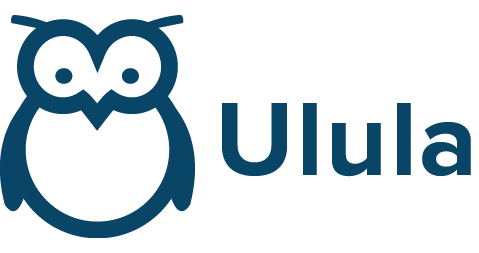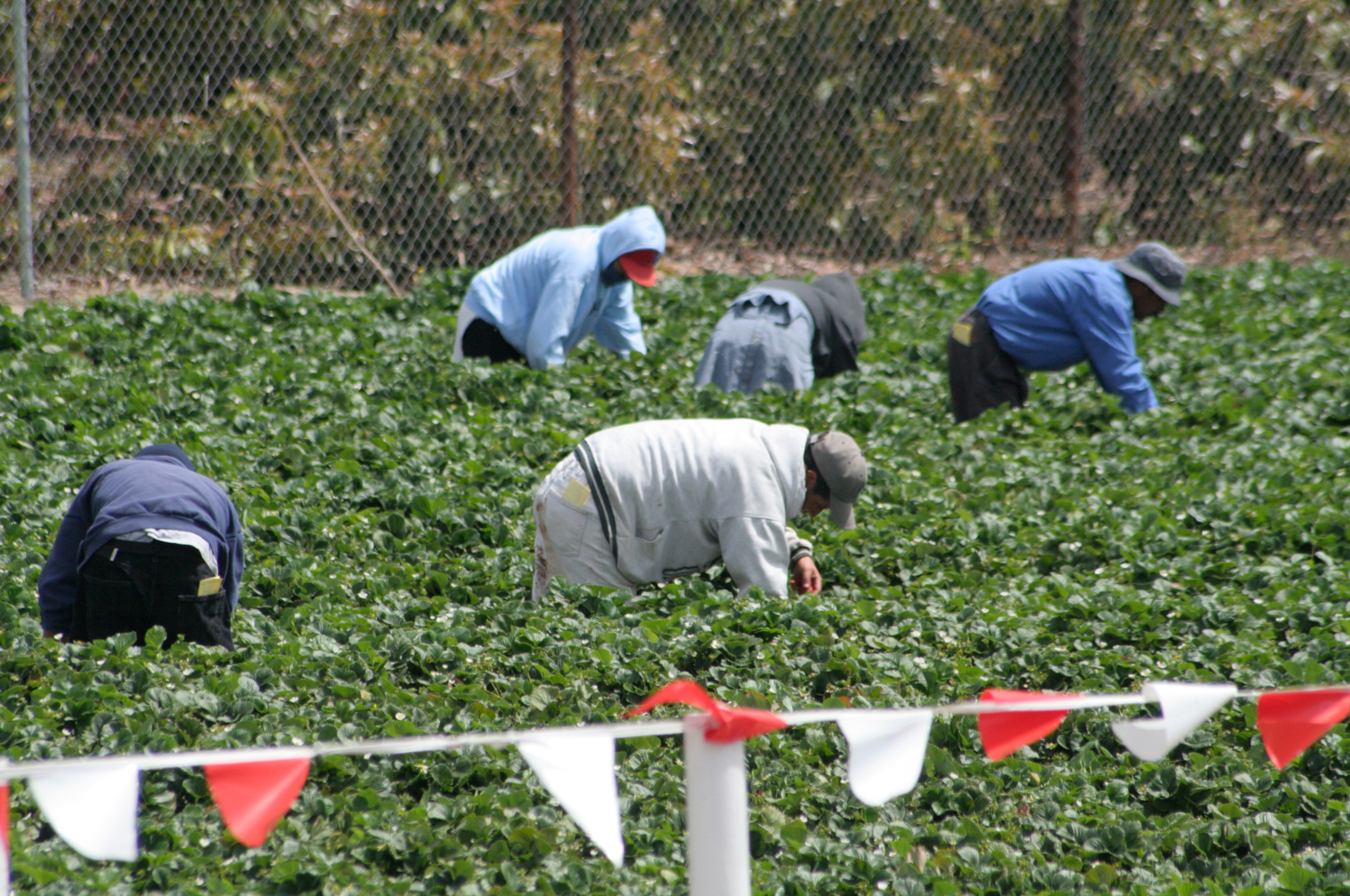An estimated one million people, or 3.3 out of every 1000 people in the USA exist in conditions of Modern Slavery, that’s almost double that of Canada and the United Kingdom. The prevalence of forced labor in the US will be a shock to any one living under the assumption that slavery is something that only happened in another time, or another place.
A series of recent forced and child labor scandals have hit the credibility of the ‘Made in the USA’ brand. But many companies might not be aware of the extent of the problem in their own backyard, as forced labor disproportionately affects migrant workers and children who, without proper due diligence and worker outreach procedures, all too easily slip through the cracks.
Fortunately, solutions are out there that will help the private sector to take decisive action on forced and child labor in the US.
Migrant Vulnerability: Getting There is Just the Start
The US-Mexico border is home to the world’s largest migration corridor, and a total of 740,000 people officially enter the United States every year. As migrants are three times more likely than native workers to be ensnared in some form of modern slavery, they make up a significantly larger share of workers in forced labor than they do in the general pool of workers.
Once migrant workers enter the US, they are acutely vulnerable to forms of workplace coercion like debt bondage, fraud in the absence of contract, harassment, threats in the workplace and wage withholding, especially in the private sector.
Child Labor and Forced Labor in the US’ Migrant Population
A report from Walk Free and the ILO report makes the connection between unregulated migration and vulnerability to forced labor clear: “Vulnerability is largely driven by discrimination towards migrants and minority groups, irregular migration and organized crime along the US-Mexico border, poverty, and the use of state-imposed forced labor.”
In 2022, about 130,000 unsupervised minors entered the US, many of them children from Central America, forced out by violence and economic turmoil and drawn by the promise of safe, paid work.
The Private Sector’s Role and Responsibility to Address Forced Labor
The ILO estimates that 86% of instances of forced labor happen in the private sector. Sectors like agriculture and manufacturing where forced labor is usually concentrated remain fraught, but instances of child labor in the US have recently been discovered in major fast food chains and the meat industry. This is indicative of the pervasive issue; forced labor and child labor in the US are hiding in plain sight and fighting them requires a sweeping, concerted response from the government and private sector actors.
Regulatory pressure is on the way with the Justice for Exploited Children Act, the Children Don’t Belong on Tobacco Farms Act and the Child Labor Prevention Act, but in the US, the federal government can only do so much before state governments and the private sector must exert their considerable influence. Digital tools exist to help companies to channel that influence towards the fight against forced labor in the US.
Projects like the National Human Trafficking Hotline (NHTH) are laying the groundwork for private sector action. In the year surveyed by Walk Free, 10,360 reports of suspected human trafficking cases were reported on the NHTH. Through the NHTH, migrant workers in Mexico and the US are able to report on their experiences directly and impartially.
Interventions like this help screening for indicators of Modern Slavery, so migrants are seen and heard at the border.
Reaching Isolated Workers With Digital Tools
Agricultural workers in isolated rural communities are particularly vulnerable. H-2A temporary agricultural visa restrictions discourage workers from reporting violations as they’re deported as soon as they stop working.
Polaris and Ulula’s project Nonechka was built with this in mind, to close the gap between farm workers in isolated situations and those who would help them advocate for themselves. Gathering data about workers’ situations is a crucial step in the future of Nonechka; insights gleaned from the pilot project in St. Luis Potosí were invaluable in scaling the project up. Anonymized, worker-first surveys and multilingual hotlines contribute to building a national support network that will bring these issues into the light.
Digital solutions allow for unfiltered, transparent feedback that ultimately protects workers from violations: “By increasing transparency, [workers] can collectively influence the protection of their rights and make visible the abuses they face, making it harder for recruiters and employers to exploit them.”
Nonechka is Nahuatl for “close to me/you”. Ulula and Polaris were driven by a desire to nurture more intimate connections with these workers and foster collaboration with private sector actors.
While global mandatory due diligence laws and services like the NHTH will galvanize the private sector to take action, more needs to be done. Projects like Nonechka are laying the foundations for a united, pan-sectoral approach. Private sector buy-in will empower isolated workers to highlight labor injustices and help fight forced labor in the US.

